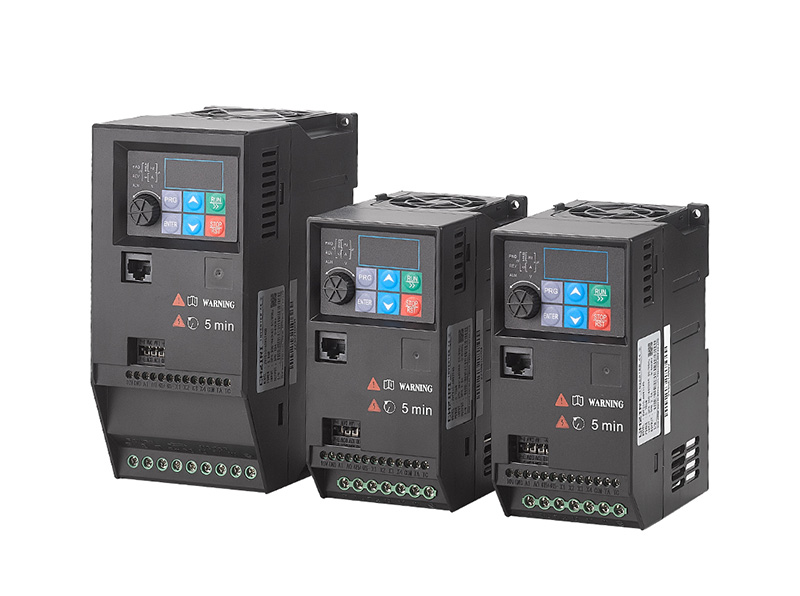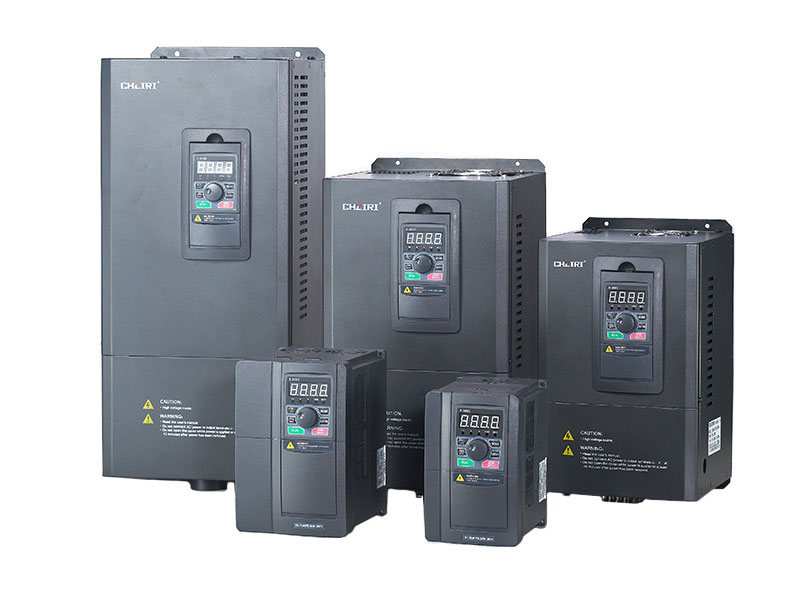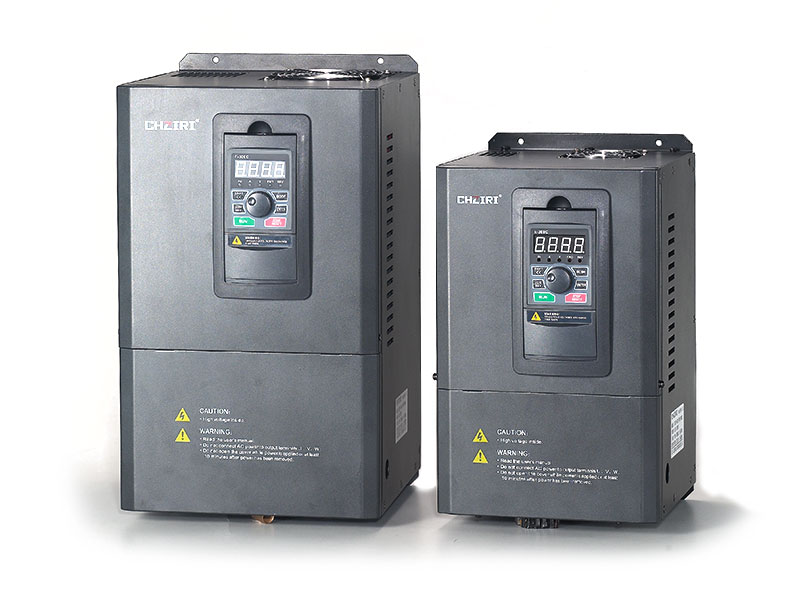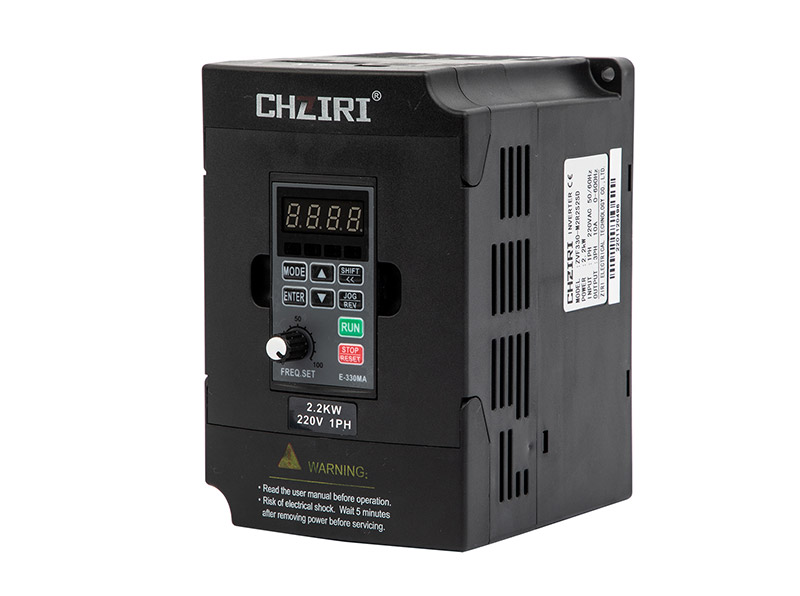What role does a Soft Starter play in intermittent industrial motor operation?
Many industrial operators know soft starters help manage motor start-up current. Yet their unique benefits for intermittent motor use—such as in packaging machines or batch-process pumps—are often overlooked. This article answers key questions about how these devices support specific operations to help you avoid common motor-related issues, like unexpected downtime or costly component replacements.
How Do Soft Starters Protect Motors During Frequent Start-Stop Cycles?
Intermittent motors face repeated stress from starting and stopping. Examples include motors used in intermittent conveyors or batch mixers.
Unlike abrupt start methods, they gradually ramp up voltage. This prevents sudden torque spikes that wear down motor windings and bearings over time.
A packaging machine that starts more than 50 times a day provides a clear example. With these devices, it experiences less internal heat buildup. This avoids premature insulation damage—a problem that often leads to unplanned production halts for facilities relying on intermittent equipment—and is a top cause of intermittent motor failure.
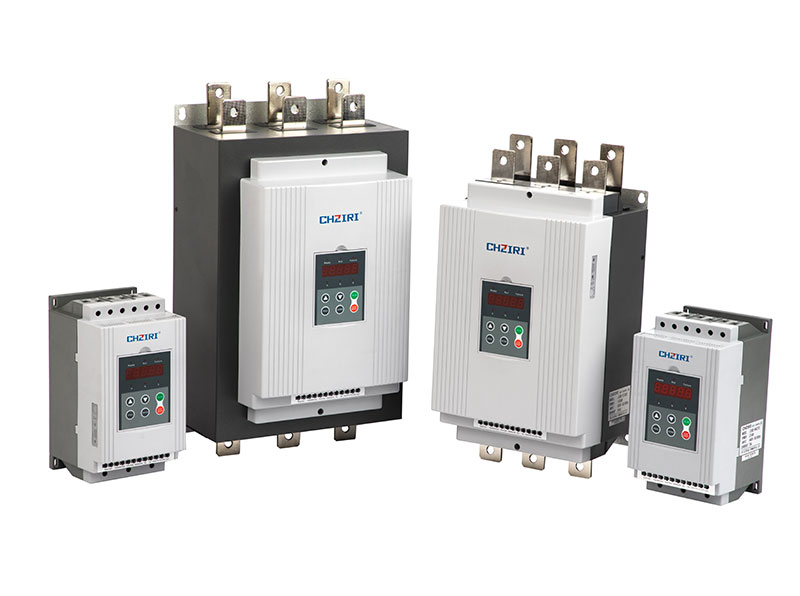
How Do Soft Starters Reduce Energy Waste in Intermittent Operation Scenarios?
Intermittent motors often run at partial load between starts. Traditional start systems may still draw excess power when restarting.
They adjust power input based on the motor's actual load at each start. They do not use a fixed power level.
If a pump only needs 60% load to resume operation after a pause, the device supplies just enough voltage. This cuts unnecessary energy use without compromising performance. For facilities with multiple intermittent motors, these savings add up noticeably especially over months of daily operation.
How Do Soft Starters Simplify Load Matching for Motors With Variable Batch Sizes?
Many intermittent processes handle variable batch sizes. Food processing mixers are a common example. These changing batch sizes alter the motor's required load.
They eliminate the need to manually reconfigure motor settings for each batch. They automatically adjust the start-up ramp speed and voltage to match the current load.
For instance, a mixer with a small batch only needs a gentle start. A larger batch gets a slightly faster ramp. No operator intervention is required. This streamlines workflow and reduces the risk of human error during setup, which can otherwise cause mismatched loads and motor strain.
Conclusion
For intermittent industrial motors, soft starters do more than control current. They protect against frequent cycle wear, cut energy waste, and simplify variable load management. Understanding these advantages helps keep your intermittent processes efficient and reliable.
If you need soft starters designed for intermittent motor applications—such as packaging, batch mixing, or intermittent pumping—our product page lists detailed specifications tailored to these use cases. You can visit it to find options that fit your operation's needs.

